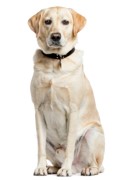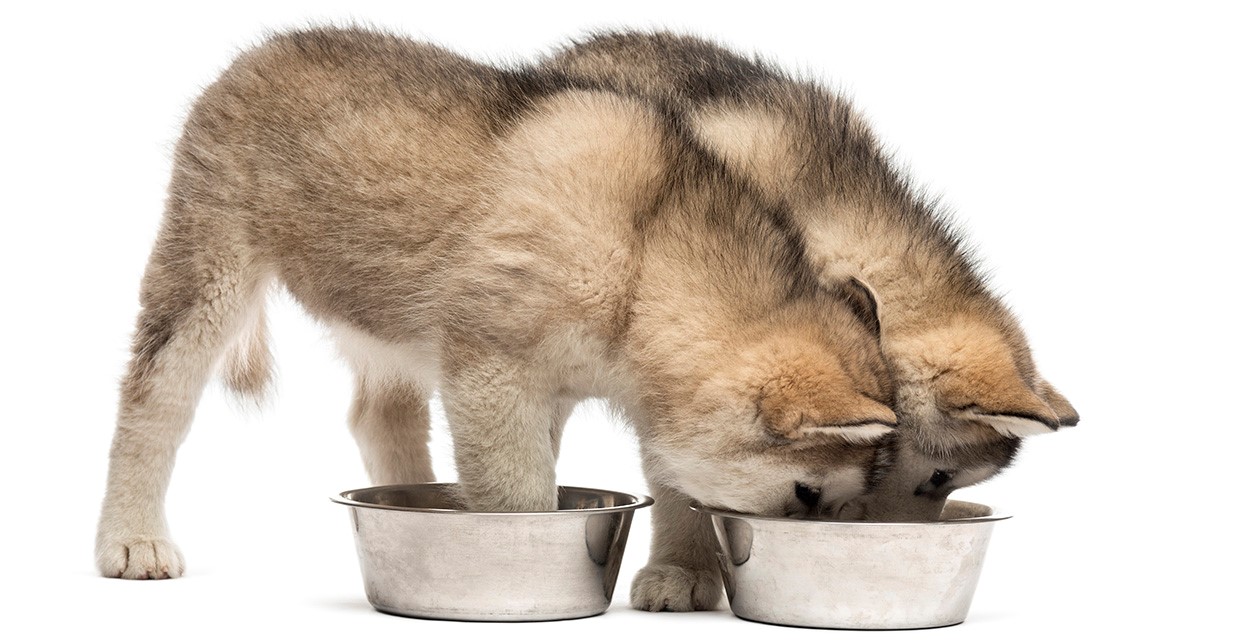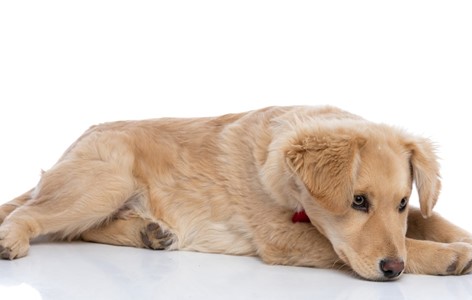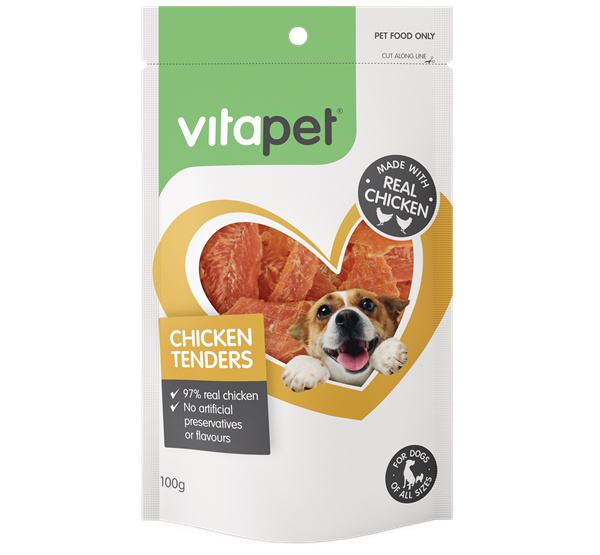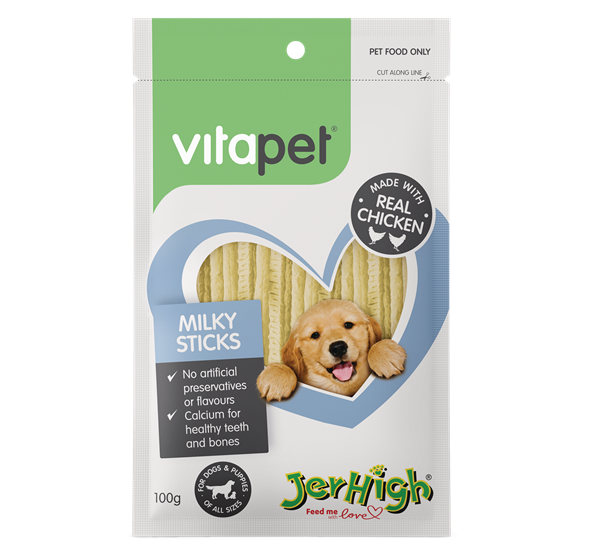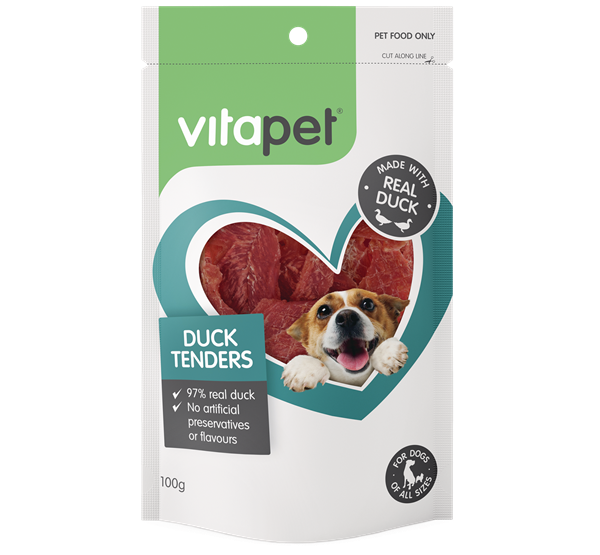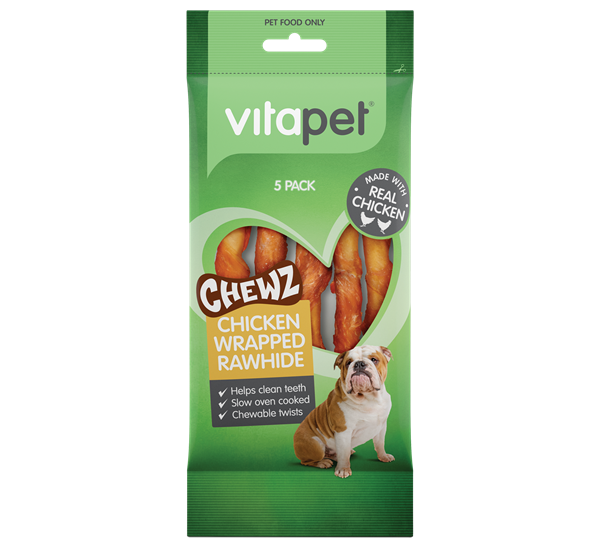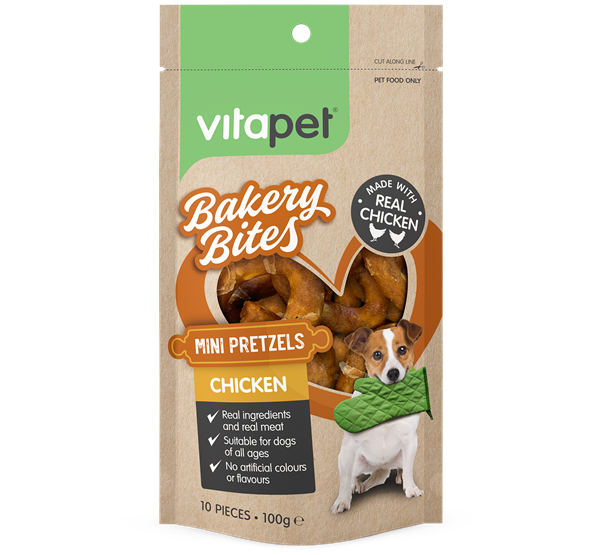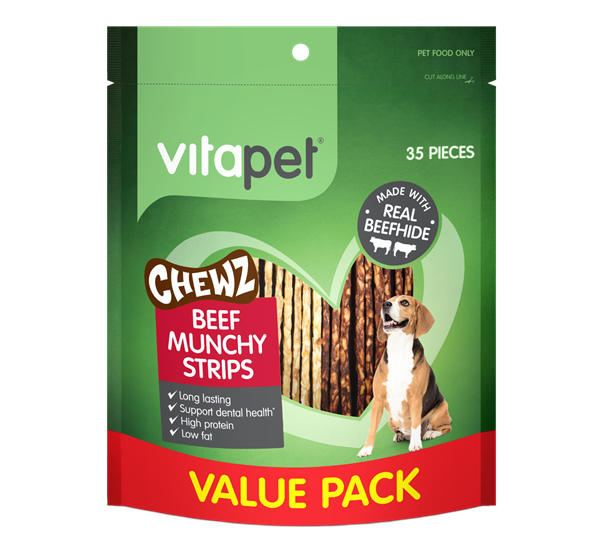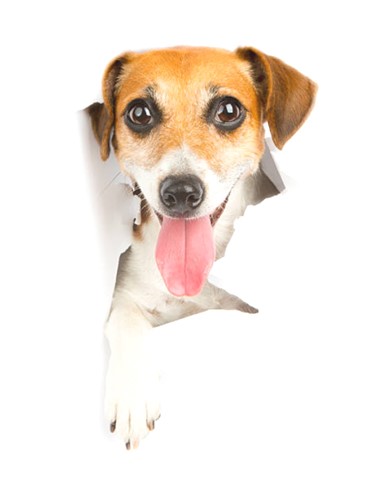What’s the best way to transition my dog to a new dog food?
When transitioning between any diets, it’s important to do so slowly. Veterinarians usually recommend transitioning over 1-2 weeks (2 weeks is better), regardless of what diets you’re switching from and to.
To avoid gastrointestinal issues, it's essential to introduce the new food gradually. Start by mixing a small amount of the new food with your dog's current food. Begin with a ratio of 25% new food to 75% old food.
Over the course of 7 days, gradually increase the proportion of the new food while decreasing the old food.
This slow transition allows your dog's digestive system to adjust to the new ingredients and reduces the chances of an upset stomach.

When changing food, the good bacteria in the gut need time to adapt and change, to cope with digesting the new food. If a transition period isn’t allowed, the good bacteria are overwhelmed and an overgrowth of bad bacteria will occur. This can result in a temporary diarrhoea. It is very common for dogs to have softer stools during the transition period, and isn’t anything to worry about. This should all resolve by the end of the transition period.
Note: if your dog’s diarrhoea fails to resolve, your dog goes off of its food or seems unwell, then it needs to be seen by a veterinarian.









